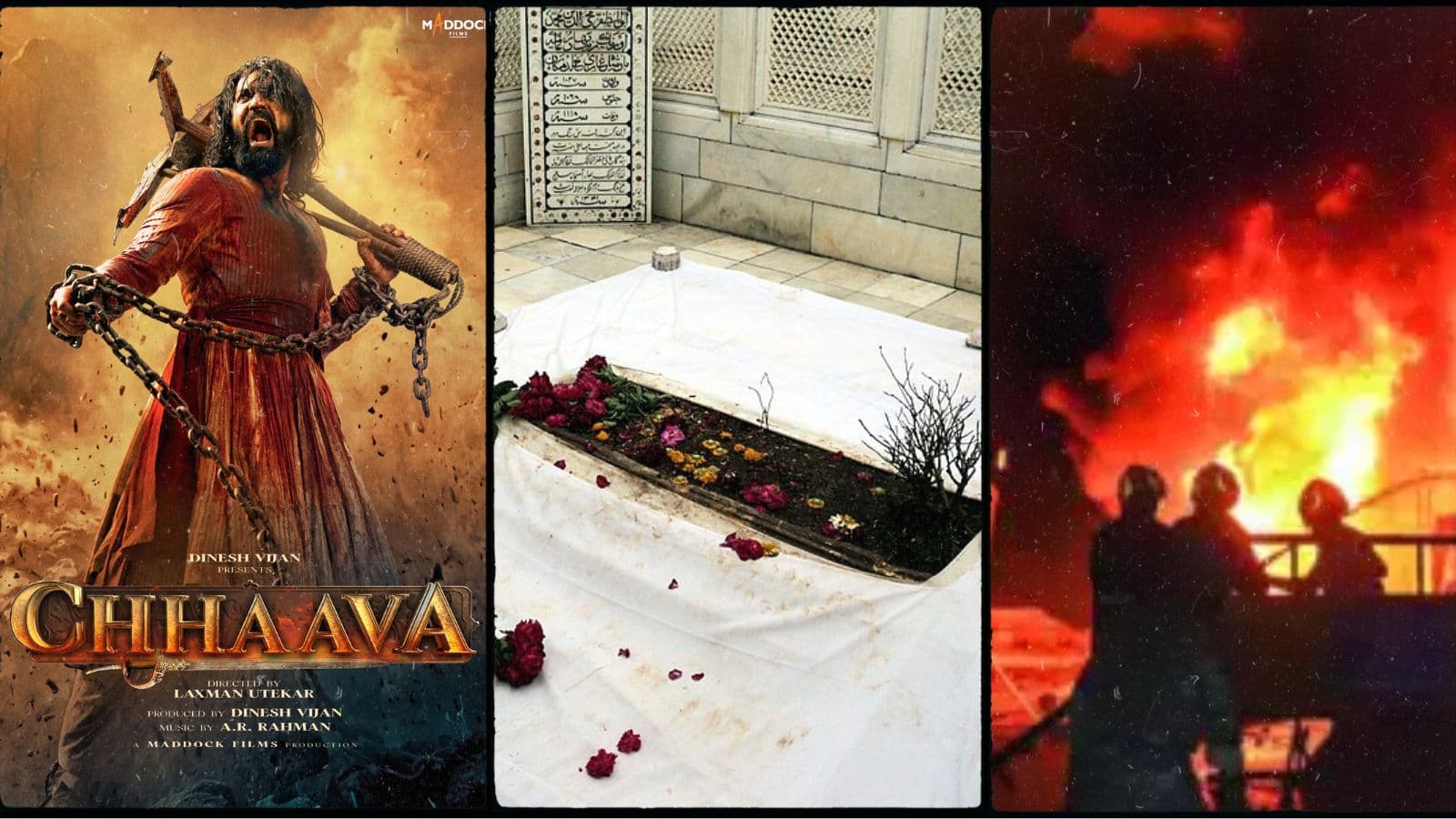
The tomb of the Mughal emperor Aurangzeb, located in Khuldabad, Maharashtra, has once again become the subject of political and ideological confrontation. The dispute, provoked by Hindu nationalist groups like Bajrang Dal and Vishwa Hindu Parishad (VHP), revolves around demanding demolition of the mausoleum, arguing that Aurangzeb was a tyrannical, who cruelty and torture Hindus. Also killed Chhatrapati Sambhaji Maharaj in 1689. Maharashtra Chief Minister Devendra Fadnavis himself has taken a tough stand against any of Aurangzeb’s glorification, which has intensified the debate.
After the release of ‘Chhava’, the controversy has gained further pace, showing Chhatrapati Sambhaji Maharaj’s valor against Aurangzeb. The film deeply influenced the audience, especially the audience of Maharashtra and promoted protest against the Mughal ruler.
With the increasing demands and increasing political statements of Hindu groups, the future of Aurangzeb’s mausoleum has now become a topic of a major controversy in Maharashtra’s socio-political scenario.
How did Chhawa revive the Aurangzeb controversy?
The film ‘Chhava’ has played an important role in re -starting the debate on Aurangzeb. The film shows Sambhaji Maharaj’s heroic struggle against Aurangzeb, his unwavering dedication to protect Hindu culture and his cruel murder at the hands of the Mughal emperor.
Its emotional story has awakened the spirit of Maratha pride among the audience, especially in Maharashtra, where Sambhaji Maharaj is honored as a warrior who never surrendered.
The scene of Aurangzeb’s cruelty and the attempt to forcibly convert Sambhaji Maharaj has angered many viewers. As a result, Hindu nationalist groups began renewed in their demand to demolish Aurangzeb’s grave.
Socio-political stress in Maharashtra
Protests have intensified, many groups argue that the Maharashtra government should not preserve the tomb of the ruler who killed one of the greatest heroes of the state.
In Kolhapur, Bajrang Dal activists recently performed a demonstration, symbolically the replica of Aurangzeb’s tomb was demolished with hammers. The protesters submitted a memorandum to the local authorities demanding immediate action to remove the historical structure.
Hindu groups argue that Aurangzeb was one of the most tyrannical rulers in Indian history, responsible for the demolition of temples, forced conversion and killing Maratha warriors. He believes that preserving his grave is an insult to the rich history of Maharashtra and the sacrifice of the Marathas.
Recently, Aurangzeb’s grave from some groups increased his resentment even more than his glory. They have started asking why the state should protect its tomb.
“If we cannot even tolerate Aurangzeb’s symbolic grave, why should we let the real grave live in Maharashtra? The government should immediately remove it.” Similar demands have also been raised in Aurangabad (now Chhatrapati Sambhajinagar), Pune and Nashik, where Maratha Gaurav is deeply absorbed in the feelings of the people.
When did Aurangzeb die?
Aurangzeb died on March 3, 1707 at the age of 88 in Bhinger near Ahmednagar, Maharashtra. Unlike his ancestors, he spent most years of fighting the Marathas, unsuccessfully tried to crush their growing power. The long war ended the Mughal treasure and weakened the empire.
Prior to his death, Aurangzeb expressed his desire to be buried near the Dargah of Sufi saint Sheikh Zainuddin in Khuldabad, Maharashtra, which he always considered his guide. Unlike Akbar and Humayun’s grand tombs, Aurangzeb’s tomb was kept very plain according to his own instructions. However, centuries later, his grave has become a major political issue.
What is the reaction of political parties?
The dispute has divided political parties in Maharashtra. While the BJP and the Shiv Sena (Shinde faction) have supported Aurangzeb’s demand to remove the tomb, the Congress and NCP have opposed it and have dreamed of political attention from real issues like inflation, unemployment and governance.
Shiv Sena UBT’s Sanjay Raut said, “Shivaji Maharaj and Sambhaji Maharaj defeated Aurangzeb. His tomb here is not a symbol of his success, but a symbol of failure. The BJP is using to take political advantage of this issue instead of removing the real concerns of the people. If the government has stopped them from taking action, then what is the need to protest against the protest. It should be done and should understand that after the death of Shivaji Maharaj, Aurangzeb fought for the next 25 years, but could not beat the Marathas.
Meanwhile, CM Fadnavis said, “If Maharashtra glorifies someone, he will be Chhatrapati Shivaji Maharaj, not Aurangzeb.
He further said why the government should take responsibility for the maintenance of the tomb of the ruler, which has caused a lot of trouble. His statement is being seen as a direct response to the ‘Chhava’ and the growing Hindu nationalist spirit from the ongoing protests.
BJP leader Ram Kadam supported the demand, saying, “Aurangzeb was a cruel ruler. There is no place for his grave in Maharashtra. Those who want to glorify him should think twice. The demand to remove it is justified.”
Has there been protests before Aurangzeb?
With increasing protests and political statements, Maharashtra Police has increased security on Aurangzeb’s grave. Authorities have imposed metal barricades, banning the movement of vehicles and deployed additional personnel to prevent sabotage or violence.





